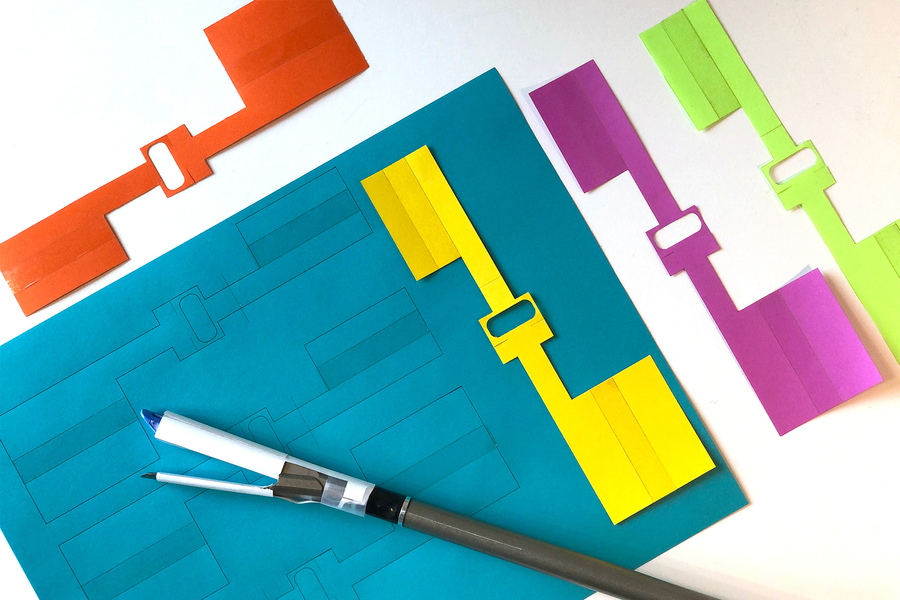An origami-inspired medical patch for sealing internal injuries
3. 2. 2021 | MIT | www.mit.edu
Many surgeries today are performed via minimally invasive procedures, in which a small incision is made and miniature cameras and surgical tools are threaded through the body to remove tumors and repair damaged tissues and organs. The process results in less pain and shorter recovery times compared to open surgery.
While many procedures can be performed in this way, surgeons can face challenges at an important step in the process: the sealing of internal wounds and tears. Taking inspiration from origami, MIT engineers have now designed a medical patch that can be folded around minimally invasive surgical tools and delivered through airways, intestines, and other narrow spaces, to patch up internal injuries. The patch resembles a foldable, paper-like film when dry. Once it makes contact with wet tissues or organs, it transforms into a stretchy gel, similar to a contact lens, and can stick to an injured site.

In contrast to existing surgical adhesives, the team’s new tape is designed to resist contamination when exposed to bacteria and bodily fluids. Over time, the patch can safely biodegrade away. The researchers are working with clinicians and surgeons to optimize the design for surgical use, and they envision that the new bioadhesive could be delivered via minimally invasive surgical tools, operated by a surgeon either directly or remotely via a medical robot.
Read more at MIT
Image Credit: Felice Frankel
-jk-




